14.47 - The Other-Worldly French Alps
In this FREE le Bulletin we're immersing ourselves in nature, entering another world, another dimension: the French Alps as you have not seen them before... prepare to be awed!
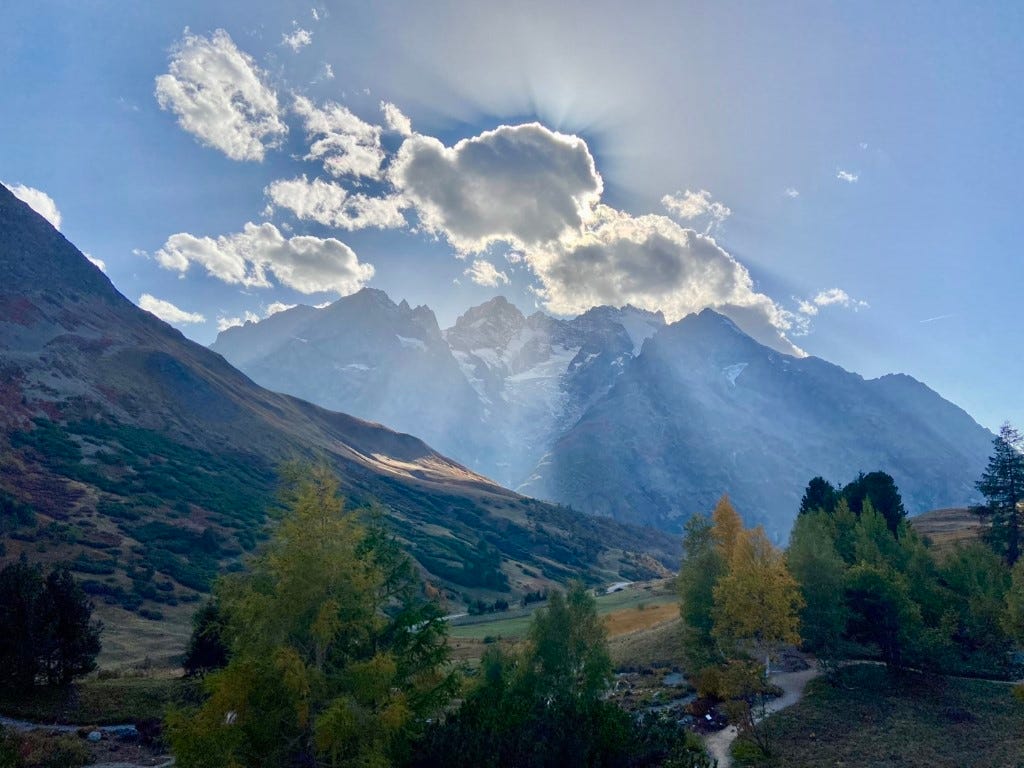
Bonjour francophile friends… I’m thrilled that you’re here again this week - bienvenue - welcome.
What’s happening in MyFrenchLife Magazine - new articles.
Next, ‘The Other-Worldly French Alps: Three days of Autumn fieldwork’.
If you enjoy this edition, please note that every week there is another entirely different version of le bulletin exclusively for paying subscribers, and today that version is ‘14.47.a - 'French Basque Country: Biarritz’ and you have access to a free preview :) Look for it in your inbox (or here) where you can access a trial, a preview, or an upgrade to enjoy it fully!
Judy - 30.11.’24
1. Let’s explore & read the new articles in My FrenchLife Magazine
Did you know there are >3000 articles in MyFrenchLife Magazine, where savvy francophiles love to immerse themselves and indulge?
Thank you to all Contributors to our magazine. I love that your articles take us from one end of France to another and constantly remind us of the rich culture of this wonderful and diverse country.
Merci.
Judy.
Here you’ll find the most recently published articles:
Featuring this one article from ‘Escapades’ today.
→My Home & Some Castles: Life in a country with 45,000 big houses←
by Valérie Helmbreck Mascitti ←
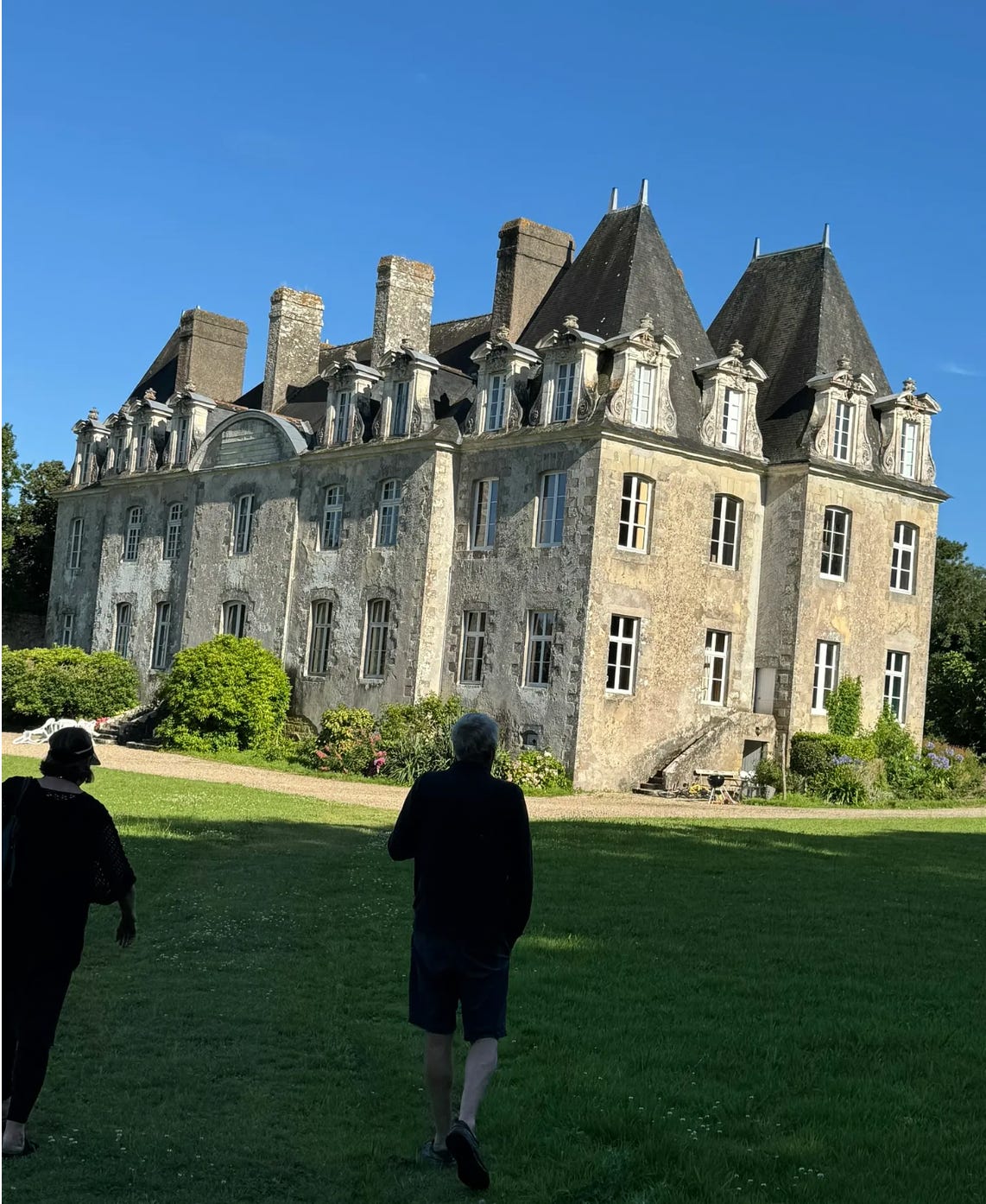
It’s been said that a man’s home is his castle.
For a lot of women around the world, it’s a castle that needs to be cleaned, fixed up, and made welcoming for family and friends. It’s a job.
I retired from a full-time career almost a decade ago which meant I never have to go to the office, get on a plane or spend the night in a hotel room again. But, my side gig, being a wife, mother, and house manager, continued.
About eight years ago, I took a break from castle management as well and moved into a 95-square-meter Paris apartment, hired a kind and lively Filipino gentleman named Randy to clean it, and started paying money to a charming Parisian man who is my landlord and the savior who fixes anything that breaks (very little does, but when it does, Bernie rushes over to mend it.) …“ wrote Valérie Helmbreck Mascitti.
↓ CLICK IMAGE & read all the new articles on MyFrenchLife Magazine ↓
2. The Other-Worldly French Alps
MyFrenchLife Magazine Contributor, Anne Thomas, describes herself as “a lover of plants and place, notetaker of nature, ecologist at CNRS, France studying at the intersection of plant ecology, biogeography, and climate change”. She lives in Grenoble, in the stunning French Alps.
Who better to take us into her world on a three-day field trip, into another world, a world like no other?
Are you ready to be awed by nature?
→The Other-Worldly French Alps: Three days of Autumn fieldwork
by Anne Thomas ←
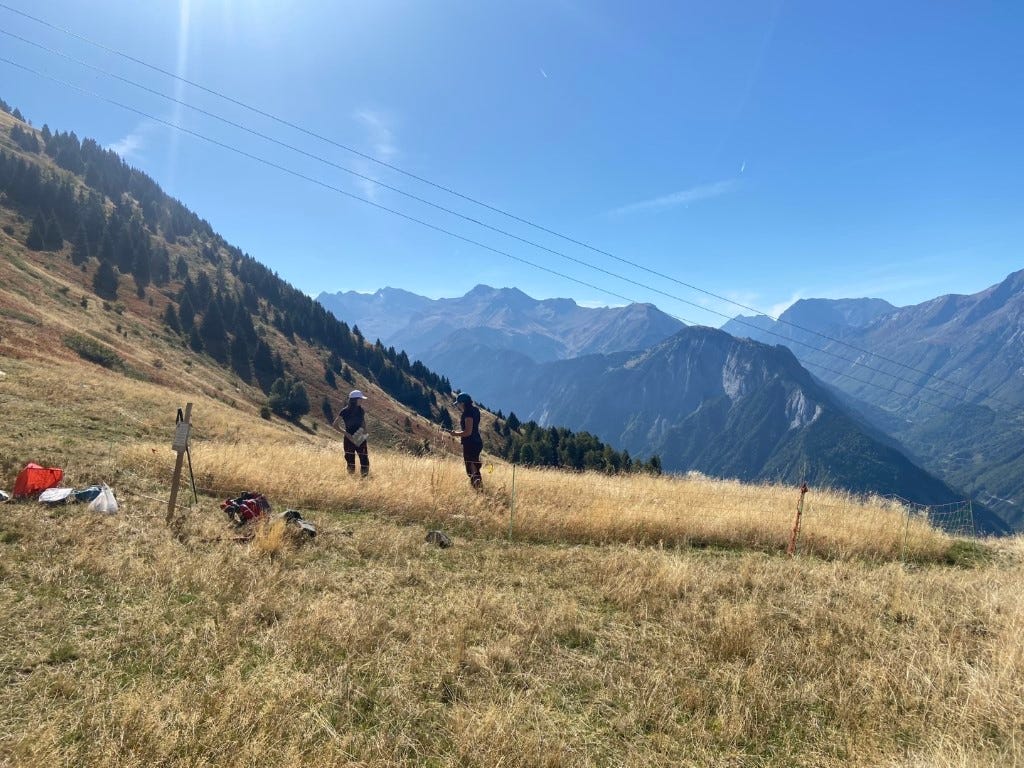
Every autumn, researchers from the Laboratoire d’Ecologie Alpine visit a network of study sites dotted through the French Alps.
The network, a project called ORCHAMP, is set up along elevation gradients chosen for monitoring biodiversity from valley floors to high alpine meadows. Autumn is a good time of year to collect soil samples for measuring traces of DNA from bacteria, fungi, and other microbes. The plants, surveyed earlier in the season, have died back, and the soil (hopefully) hasn’t yet frozen.
It’s also a good time of year for gawking at marmots, mist, and every shade of red on the mountainsides, which is exactly what I did on my three-day trip to the Lautaret field station last autumn.
I was continuously falling behind on the trail.
Day One: Alpages of Alpe d’Huez

The mountain immersion came on gradually. The first hours of the landscape felt more human than alpine: deserted ski station and hot, dry mountain pasture. Les alpages. To start our trip, we drove all the tight turns up to Alpe d’Huez, a route made famous by the Tour de France. It’s also the host of one of the ORCHAMP biodiversity gradients.
The top of the gradient
The top plot of the gradient is also the top of a ski lift, which stood still above the brown hillsides. Cordoned off by temporary electric fencing to ward off cows, the plot was thick with grass. Some of it had been transplanted (via helicopter) in square chunks of turf from lower elevations to test how well the plants acclimate to colder temperatures (and vice versa). These grasses seemed to be thriving, a vanguard of the kind of warm-adapted newcomers moving into once colder alpine zones, at risk of pushing out the cold-specialized plants. On this unseasonably warm October morning, I could believe it.
The lower plots
Two of us wound back down the Alpe d’Huez road to sample the soil of the lowest plot. It was hot. Grasshoppers were popping out of our path, long grass, cowbells, and admittedly a nice mountain tableau. Tamara said it was her favorite site, quiet and pastoral, but I was mostly hot. The grass resisted the soil coring tool, twisting and tangling. The cigarette lighter we used to sterilize the tool burned my fingers. A huge wasp spider embalmed a grasshopper.
At lunchtime, we met up at the middle site, and this was where the mountain spell began to weave in earnest. We were still in dead-grass ski territory, but there were birds. Kestrels hovering and patrolling, red kites soaring, ravens calling across the sweeping view. Binoculars are out every few minutes.
At the field station
We finished early and reached our home base, the Jardin du Lautaret, by mid-afternoon. Our lab field team wasn’t the only chalet guest. While I sat in the common room in a post-field-work laze, watching the sun move across the table, strangers came in and out and footsteps creaked across the upper floor. There were garden staff tending to the end of summer; Jerome, the head of scientific operations, being thoroughly interviewed by a journalist; and later, a band of shepherds—young and beanie-wearing, both male and female—passing through to join us for dinner.
Helping chop vegetables for dinner relieved me a bit from the social pressure of the long, long French evening meal. Even before several hours of aperitifs and stew and bread and cheese and listening in on French conversation, I was ready for bed. But the last course, fromage frais with sweet, syrupy myrtilles, was worth it. (Ça en valait le coup.)
Day Two: Among the Marmots and Myrtille
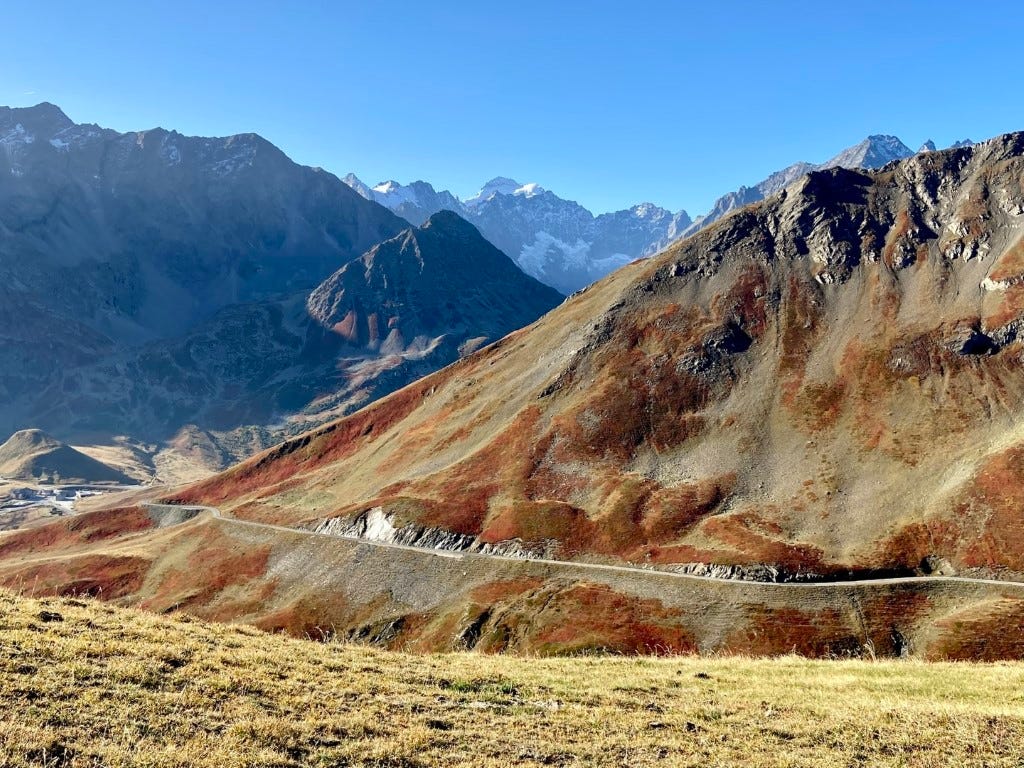
The day began with mist drifting swiftly across the great peak, La Meije, continually revising the air. I asked Julien, a labmate who’s been coming here for years, if this was common in the mornings and he said, “It’s different every day.”
I volunteered to join the team sampling the full Lautaret gradient because I wanted to witness the whole progression from high alpine to subalpine. Five plots from 2700 meters down to 1920 meters. I was ready with my hiking poles.
The visions of the second day would thus be of color and creatures, geology and season. The palette would be dun and olive and burgundy, half-moon in a blue sky.
We were entering the realm of burrowers, soarers, flitters, and hangers-on.
First stop, with views of autumn myrtille
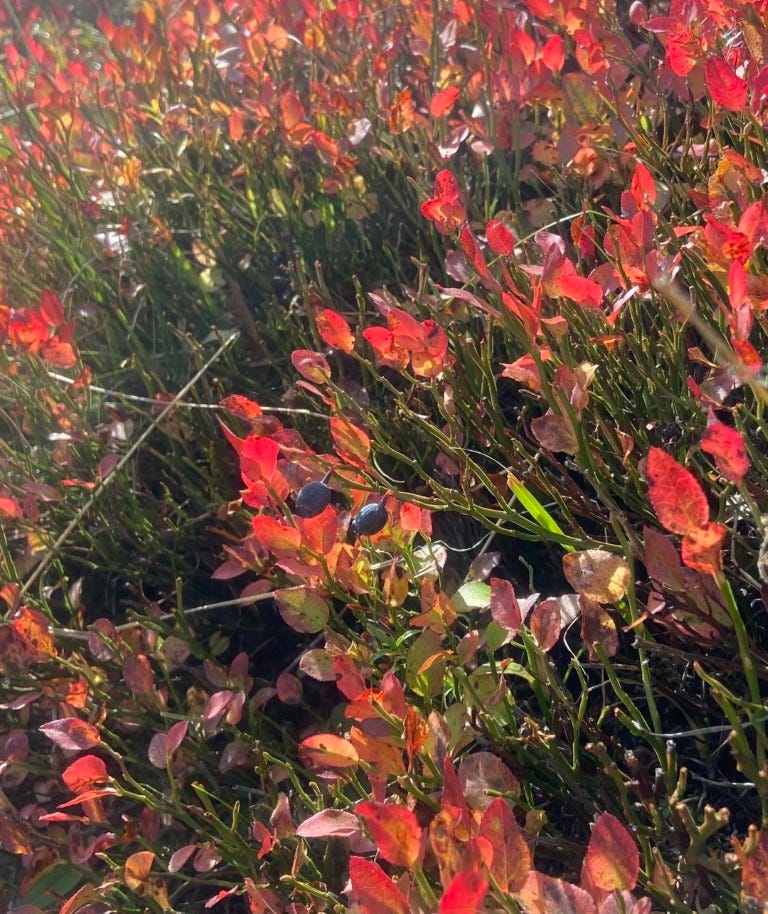
We started with the second-highest plot, perched on a ridge with an ample view of the mountains shepherding the river Guisane toward Briançon. Their sides were swathed in brilliant red myrtille bushes, now enflamed by the full morning sun. La Meije peered craggily and glacially from behind. Closer at hand were rocks, rocks, rocks, clumpy grass, and a stream gurgling down through them.
The Lautaret gradient is one of the original, flagship gradients of the biodiversity monitoring network, sampled every year for changes in plant and soil life and chemistry. As with the others, our focus was the soil. This meant shoving and twisting soil corers into the rocky earth, laying on as much weight as our palms could handle, and gathering the clumps in a bag to be analyzed later for microbial DNA and chemistry.
I much preferred holding the bag.
Through marmot territory to the highest plot
On this site, we heard the first of the marmots chirping like loud birds, and with binoculars we found them stationed on the mountainside, tan lumps blending in with the boulders. On our way to the highest site, we followed the rocky stream and dried mud cow trails along the gathering pitch of the hillsides, which were scattered with rocks of all sizes and stripes. Under the largest rocks, it was a good bet you would find a marmot burrow entrance. At a safe distance from us, they chased each other noisily, possibly angrily. We also saw something small and lithe bounding over the rocks, and Julien said it was an ermine.
I wanted to stop more often, too, for the veined and eroded and striated rocks, the small flowers, the worm-like gray clumps of roots buffed by exposure, the flitting birds, the flaming patches of myrtille that I would have happily looked at for the rest of my life.
The highest plot was steep and rocky, just patches of grass and alpine dwarf plants, and a deep indigo gentian peeking out from the rocks. One of the scattering of flowers seemed not to know it wasn’t spring.
We had a good view of the twisting and rippling geology of nearby peaks.
Myrtille-watching and birdwatching
On our way back down to the lower plots, we stopped at the edge of a grassy hill ridge for a bread-and-cheese charcuterie lunch, the best part of which was gazing across the valley at the red velvet mountainside that I was so hungry for. Also, watching alpine choughs dip and soar in the thermals. We speculated about whether they were playing or insect hunting, and we decided they were playing.
After lunch, Julien spotted a pair of enormous raptors which he identified excitedly as bearded vultures. He told me about their successful reintroduction to the Alps after local extinction, that they’re the biggest raptors in the Alps, and that they mostly eat bones. Later, I spotted them again, drifting between sky and mountain. The pair made a stately magnificence of the sky as they turned together, huge and dark and tranquil.
I didn’t want to stop looking, but I was being left further and further behind.
The subalpine plots
The middle site was the steepest, perched on a slope slick with thick Festuca grass, which someone momentarily caught on fire while sterilizing a tool (quickly extinguished).
The route to the fourth site, supposedly “quite flat,” turned out to be hilly enough to wind me. Cows not far away, lots of myrtille leafing up through the grass, a flaming red sumac in a marsh, one gnarly patch of juniper we fortunately didn’t have to dig into.
The final and lowest site was just down the road from a couple of buses full of students being taught about geology and mutually regarding a gaggle of cows. Crumbling concrete outbuilding, autumn crocuses, view of a gorge whose rock face gleamed in the sun.
Evening rest
Back in the chalet, a labmate brought out watercolors, and I painted from my photo of a brilliant red outcropping in front of the blue mountains. It was a fitting re-immersion into the landscape I had meditated on all day.
For dinner Julien made pasta with cèpes—but not the ones he had harvested on the last field trip because he forgot them, so he had to buy a jar of dried ones at the grocery store.
Day Three: A Mountain Vision
We only had one plot left to sample that last morning, but there was a mid-morning seminar someone wanted to get to back in Grenoble. Out of bed before dawn, then, and up the mountain road from the Lautaret station before sunrise.
The sea in the mountains
After the third or fourth switchback, the vision came through the van window, slurred with condensation though it was: the sea in the valley below us. For all the world I would have believed we were on a coastal road. The blue fleet of mountains crowding the gentle far horizon, which yesterday had descended in stepwise slopes to the floor of the Guisane River valley, were now submerged to their sterns in creamy mist.
The vision turned even more unearthly when I got out of the van and saw it properly. The Guisane River was visible below, as was the road following its curves, and the nearest dusky mountainsides, but so was the ethereal sea, lying discernibly against the slopes from its tranquil surface to the floor.
I was looking into another dimension. As usual, I fell behind on the short hike to the field site because I kept stopping to look back.
The vision evolves
While we worked, kneeling in the dying grass and digging cores of soil, the sun came above the mountains. Though it warmed us up nicely, I was sure the mist would be burned away. Somehow, it wasn’t; the sea only took on a bit of the sun’s refracting glare, growing at once more opaque and more ghostly.
After our descent into the valley—still trying to catch that seminar—the mist was a memory, but the feeling lingered, the feeling of having stepped out of time into somewhere beyond real. It wasn’t just the perch above the mist.
Every day of the field campaign was one of visions and submersion. Everything was different up there.
Have you visited somewhere that feels like entering a different dimension? Please share with Anne and me.
Judy
3. “Thank you for subscribing to ‘le Bulletin’ newsletter” Judy MacMahon
I hope to see you here again next week
Judy MacMahon
Fondatrice
MyFrenchLife.org
You can always email me at info@myfrenchlife.org
Here’s how you can stay in touch & personalise your le Bulletin experience:
If you like this le Bulletin newsletter of MyFrenchLife.org Magazine? Please forward it or Share it with a friend. Surprise them and help us grow.
Loved a story? Disliked it? Drop me a note or just write to say ‘bonjour’.
Did a friend forward this to you? Sign up to get le Bulletin newsletter weekly.
If you’d like to be sure you GET or NOT GET posts/emails about our French Book Club, you can personalise your account. toggle ON or OFF.
And… finally, you can immerse yourself in the archive of le Bulletin Newsletter here & the MyFrenchLife Magazine archive of >3000 articles
'le Bulletin' is a reader-supported publication. To receive new posts and support my work, consider becoming a free or paid subscriber.


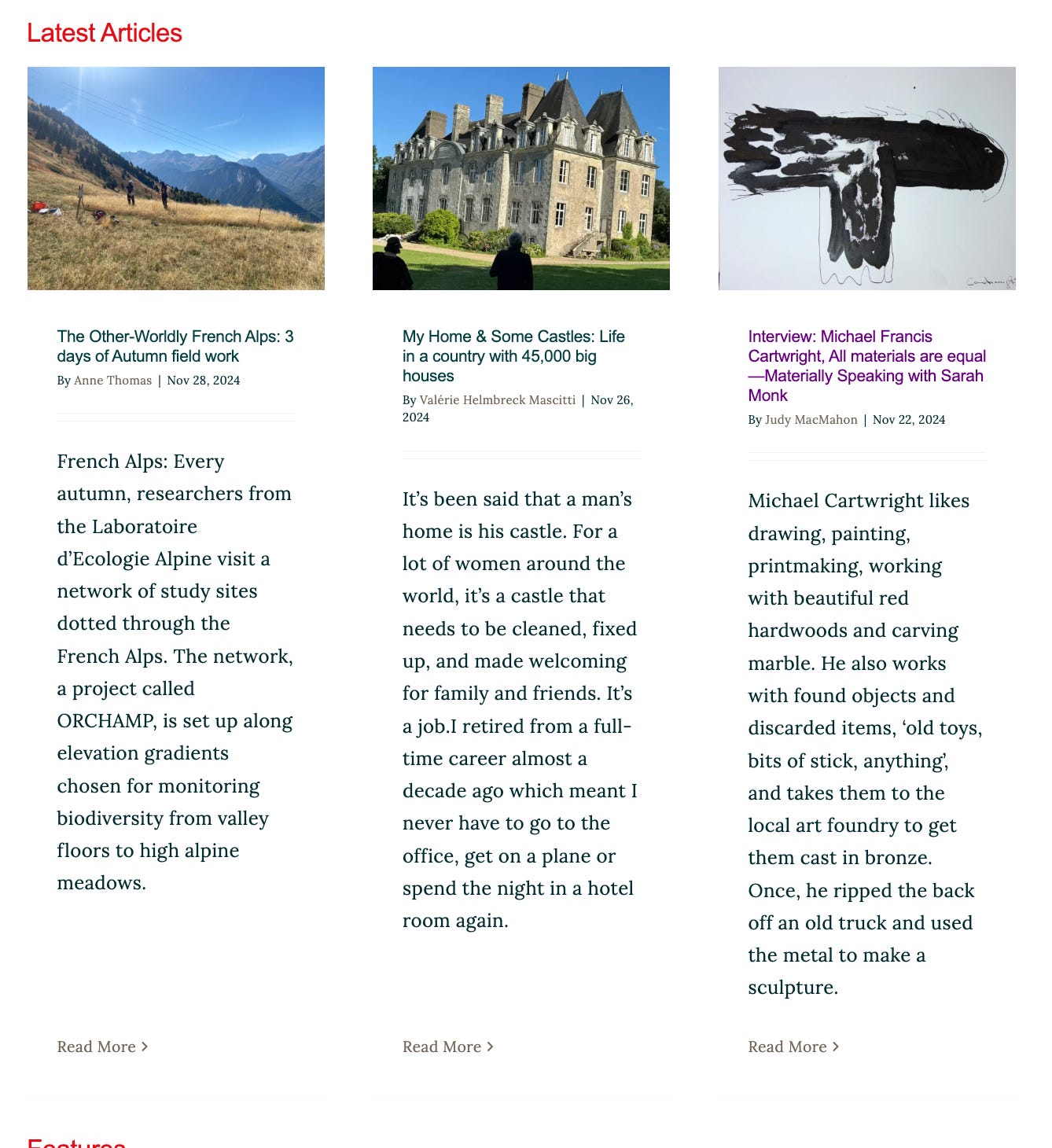
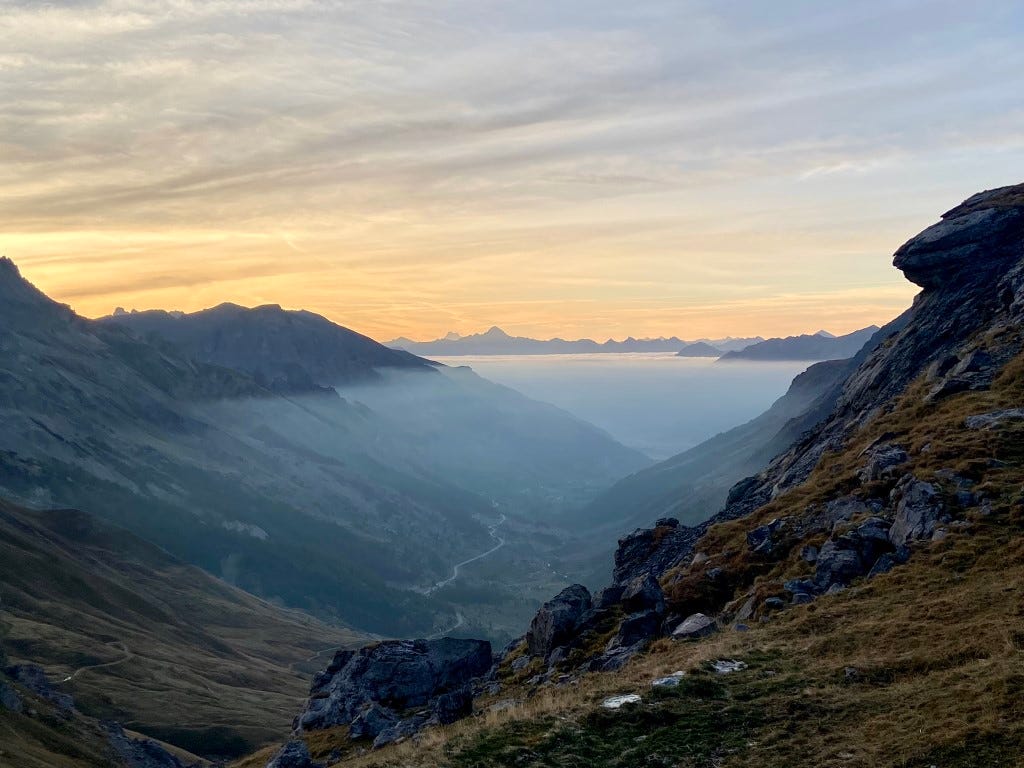
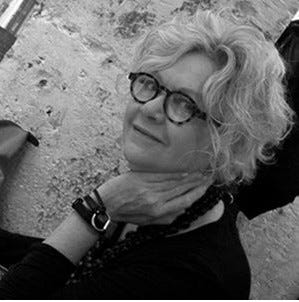

Wonderful as always ! Thank you to both Judy and Anne for lovely Saturday morning reading and breathtaking photos 🙏🏽
This is beautiful. Living in Paris I forget that France has wild spaces where one can be free and in flow with nature. Lovely piece. Gorgeous photos. 🌸